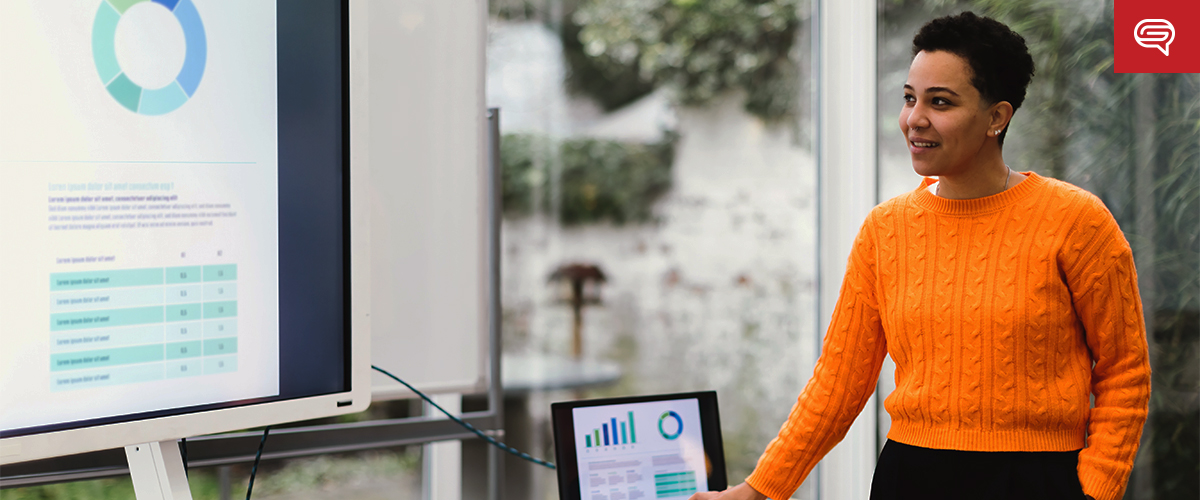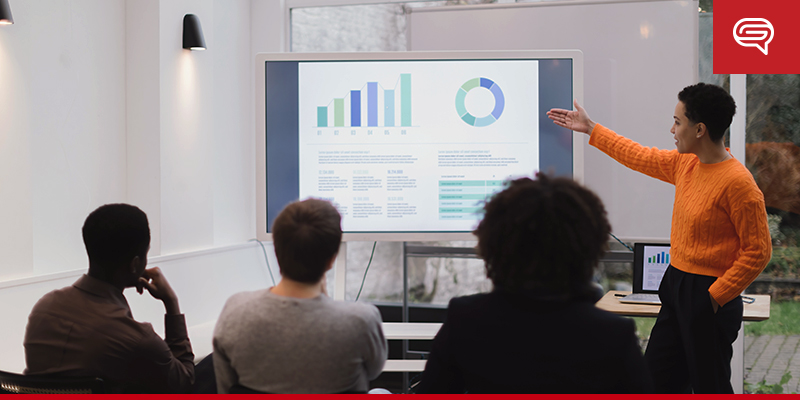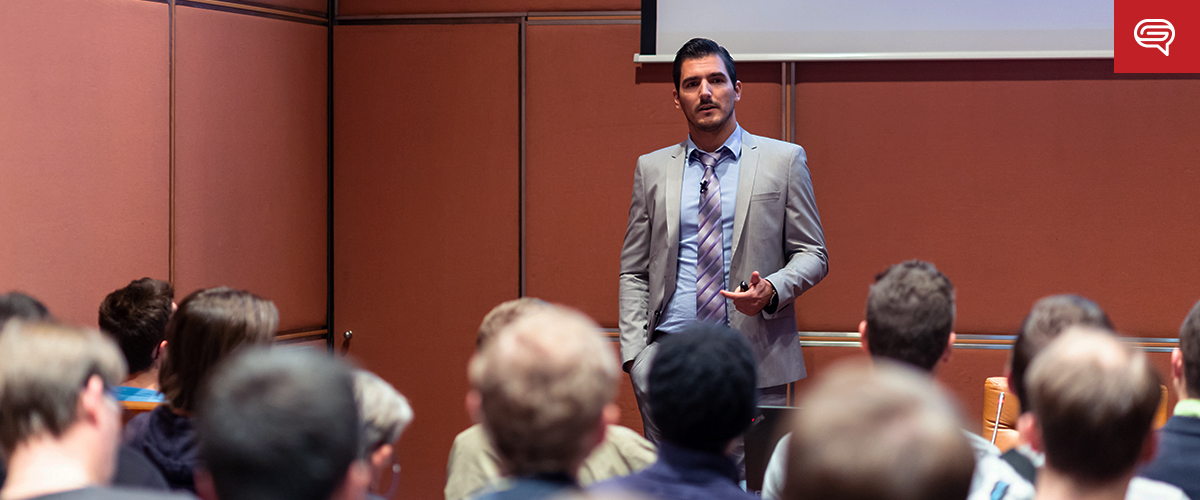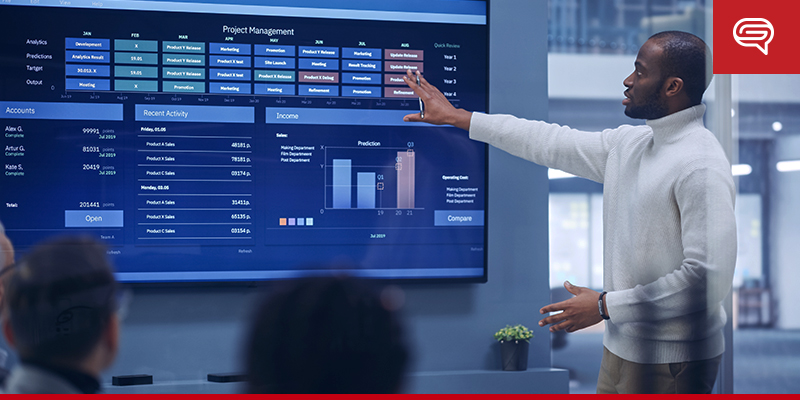In today’s fast-paced world, presentations have become an integral part of our professional and personal lives. Whether it’s a business pitch or a personal talk, presentations have the power to convey information, persuade an audience, and leave a lasting impact.
However, delivering an effective presentation is easier said than done. It takes a lot of preparation, practice, and confidence to stand in front of an audience and speak with authority.
The OWL technique, which stands for Observe, Wait, and Listen, is a powerful tool that can help you become a better presenter by giving you the skills to engage with your audience, understand their needs, and deliver your message effectively.
Need a Presentation Designed?
Click Here To View Our Amazing Portfolio
In this blog post, we will discuss the importance of using the OWL technique for your presentations and provide you with practical tips on how to implement it successfully.
Observing
Observing the audience is a crucial step in the OWL technique. It helps you understand the audience’s needs, interests, and expectations.
Observe the audience to tailor your presentation to meet their specific needs and interests. When observing the audience, look for non-verbal cues such as body language, facial expressions, and eye contact.
For instance, if the audience is sitting with their arms crossed, this may indicate they are closed off to your message. On the other hand, if they are leaning forward and nodding, this may indicate they are engaged and interested.
Additionally, eye contact is an essential non-verbal cue to look for. If the audience is looking at their phones or the floor, they may not be fully engaged with your presentation.
Observing the audience can also help you adjust your delivery during the presentation. If you notice the audience is not responding well to a particular point, you can adjust your delivery to make it more engaging.

Waiting
Waiting involves pausing and allowing the audience to absorb the information you have presented.
Waiting can be challenging as it goes against our natural urge to fill the silence, but it is essential to give the audience time to process the information and formulate questions. By waiting, you allow the audience to engage with your presentation actively, reflect on the information, and formulate questions
While waiting, remain confident and maintain eye contact with the audience. Also, you can use the time to review your notes and prepare for the next section of your presentation.
Let your audience process the information; show them you respect their time and care about their understanding of the topic.
Listening
Listening is a crucial step in the OWL technique, and it involves actively engaging with the audience by listening to their feedback and responding appropriately.
Active listening involves not just hearing what the audience is saying but also understanding their perspective and responding thoughtfully.
Paraphrasing what the audience is saying is one way to practice active listening. This allows you to confirm you have understood their message correctly and shows the audience you are paying attention. Additionally, you can ask follow-up questions to clarify their message and show interest in their perspective.

Implementing OWL
Implementing the OWL technique requires practice and preparation—clearly understand your topic and know your audience before you begin. Moreover, it is essential to remain confident and flexible during the presentation.
When observing the audience, try to remain calm and focused. Remember, the audience is there to learn from you, and your goal is to engage them and make the presentation informative and enjoyable.
During the waiting stage, take a deep breath and remind yourself that pausing is necessary to allow the audience to process the information.
Finally, during the listening stage, maintain eye contact and actively engage with the audience. Remember that the audience’s feedback is an essential part of the presentation, and it can help you improve your delivery.
Need a Presentation Designed?
Click Here To View Our Amazing Portfolio
The OWL technique is a valuable practice that can help you become a better presenter and create a more engaging and interactive presentation.





























